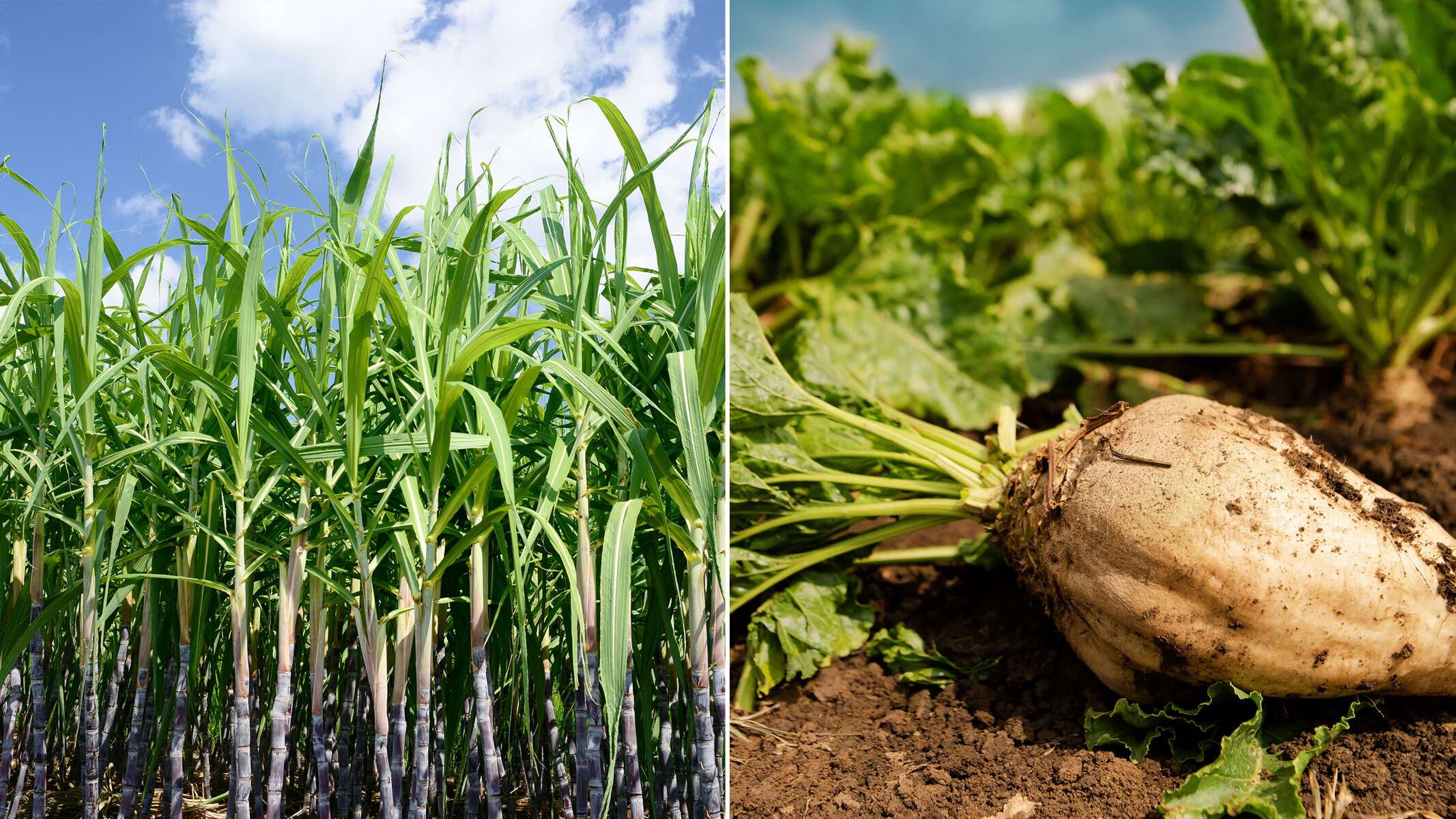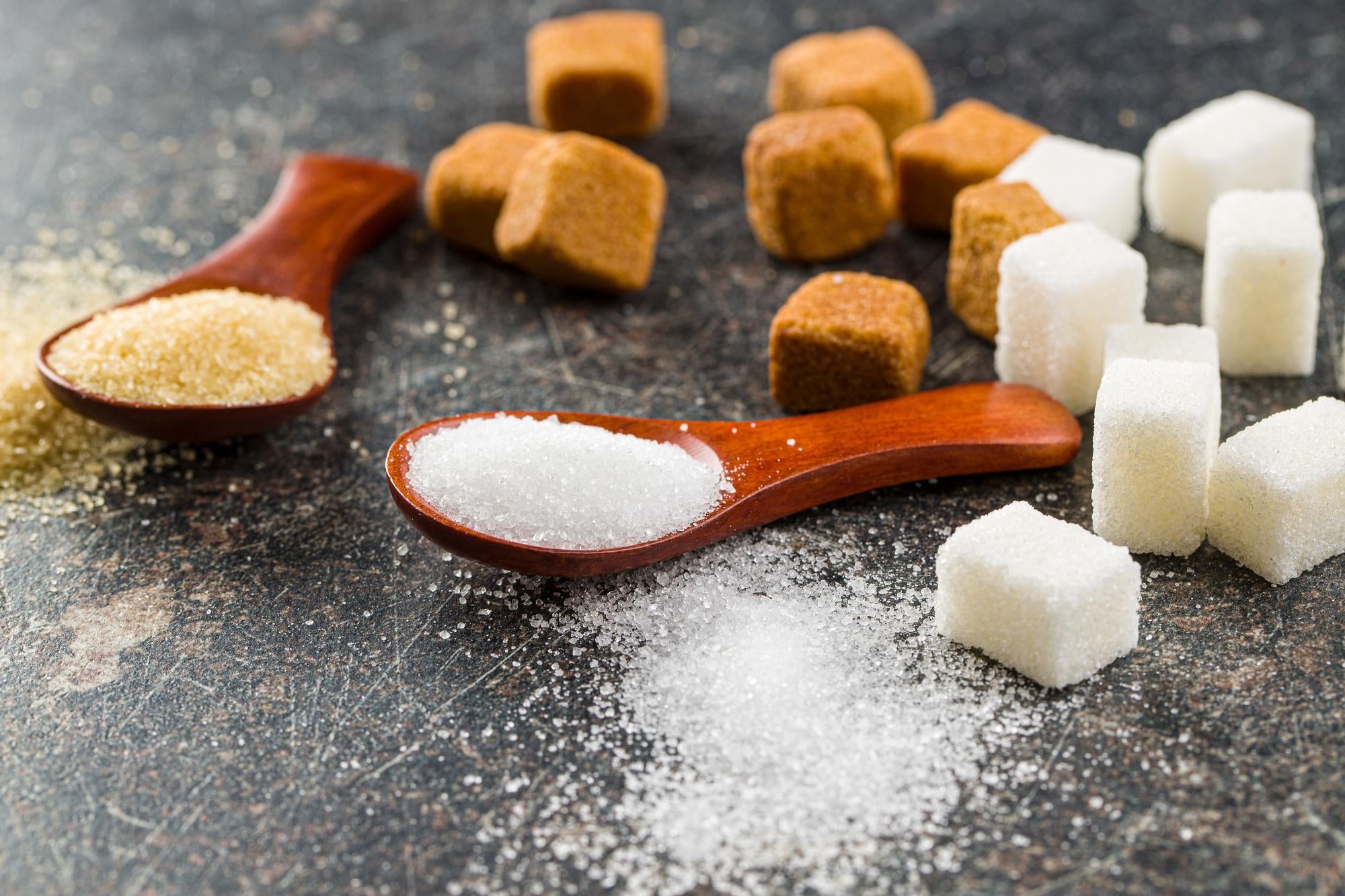Recognizing Sugar Beet Vs Sugar Cane: Trick Distinctions and Their Importance in the Global Sugar Market
The differences in between sugar beet and sugar cane are substantial in the context of the international sugar industry. Their differing climatic needs affect where they can be cultivated, while their one-of-a-kind dietary accounts impact customer preferences. In addition, the economic effects of each plant shape market dynamics. Recognizing these differences is crucial for comprehending the wider influence on manufacturing and supply chains. What further intricacies occur when considering their duties in the industry?
Environment and Geographic Flexibility
Sugar beet and sugar cane exhibit distinctive climate and geographic adaptability that affects their cultivation. Sugar beet thrives in warm environments, needing cool weather condition for suitable development. It is mainly expanded in regions such as Europe and North America, where problems favor its advancement throughout springtime and fall. In comparison, sugar cane embellishments in tropical and subtropical climates, demanding warm temperatures and plentiful rains. This plant is primarily grown in countries like Brazil, India, and Australia, where the setting supports its long development cycle.The varying adaptability of these crops impacts not only their geographical distribution yet likewise the agricultural techniques utilized by farmers. Sugar beet's durability to cooler temperatures permits earlier growing, while sugar cane counts on a much longer growing period to achieve optimal yield. Recognizing these climatic preferences is necessary for enhancing manufacturing and making sure food protection in regions reliant on these essential sugar resources.
Growing and Collecting Techniques

Cultivating sugar beet and sugar cane includes distinctive strategies tailored per crop's details development needs. Sugar beet is usually planted in awesome, warm environments, calling for well-drained dirt and specific spacing to enable for suitable root development. Sugar beet vs sugar cane. Farmers typically use mechanical planters to ensure uniform seed positioning, followed by normal irrigation and weed monitoring methods to support growth.In contrast, sugar cane thrives in warmer environments and is usually circulated through stem cuttings as opposed to seeds. Growing occurs in rows, allowing for adequate sunlight and air flow. Harvesting sugar cane is labor-intensive, commonly involving hand-operated cutting or making use of specialized equipment, depending upon the range of production. Alternatively, sugar beet harvesting utilizes mechanical farmers that draw out the origins from the dirt, reducing damages and guaranteeing a cleaner product. Both plants demand careful administration to take full advantage of return and high quality, reflecting their value in the international sugar industry
Handling Methods and Performance
Handling approaches for sugar beet and sugar cane expose crucial differences that affect effectiveness and yield. Sugar beets go through a collection of actions, beginning with cutting the origin into slim cossettes, followed by removal of juice through diffusion or pressing. This juice is then detoxified, focused, and crystallized, resulting in granulated sugar. The procedure usually takes about 5-10 hours from harvesting to crystallization.In comparison, sugar cane processing entails squashing the stalks to draw out juice, which is after that heated and clarified. The juice undertakes evaporation and condensation, usually taking longer than beet handling because of the coarse nature of the cane. Additionally, sugar cane can be processed constantly, improving efficiency.
Economic Effect and Worldwide Production Patterns
The distinctions in handling techniques in between sugar beet and sugar cane not only affect performance but likewise have considerable economic effects. Sugar cane dominates in exotic areas, using reduced production costs because of positive weather conditions and reduced energy demands. On the other hand, sugar beet is largely grown in temperate areas, where higher manufacturing costs are commonly sustained. This geographical disparity affects worldwide supply chains, influencing prices structures and availability.Recent trends show a fluctuating global demand for sugar, with both crops experiencing cost volatility. As countries objective for self-sufficiency, investments in neighborhood sugar beet manufacturing have actually increased, especially in Europe and The United States And Canada. Creating countries continue to depend greatly on sugar cane, driven by click export possibility. In general, the financial impact of these crops is profound, forming farming policies, profession contracts, and the sustainability of the worldwide sugar market.
Nutritional Profiles and Health Considerations
While both sugar beet and sugar cane work as main sources of sucrose, their nutritional accounts and health and wellness factors to consider differ considerably. Sugar cane, often pop over here regarded as a much more natural sweetener, has trace amounts of minerals and vitamins, consisting of calcium and potassium, in addition to anti-oxidants. On the other hand, sugar beet is mostly made up of sucrose with very little nutritional value, yet it is rich in fiber and particular phytonutrients, which might supply gastrointestinal benefits.Health factors to consider bordering both resources focus on their high glycemic index and potential effects for obesity and diabetic issues. While both sorts of sugar add to calorie consumption, the handling methods can influence their health impact. Sugar beet typically undergoes substantial refining, while sugar cane might keep more of its all-natural substances in much less processed kinds, such as raw cane sugar. Inevitably, small amounts is essential when incorporating either right into a balanced diet regimen.
Frequently Asked Concerns

Which Areas Largely Grow Sugar Beet Versus Sugar Cane?
Areas primarily growing sugar beet include Europe and The United States and Canada, while sugar cane flourishes in tropical and subtropical locations such as Brazil, India, and Southeast Asia. Climate and dirt problems significantly influence these farming patterns.
Just How Do Sugar Beet and Sugar Cane Differ in Preference?

What Are Usual Byproducts of Sugar Beet and Sugar Cane?
Usual byproducts of sugar beet consist of molasses and animal feed, while sugar cane returns bagasse, molasses, and ethanol. Both plants contribute significantly to different markets, boosting sustainability and financial value beyond their key sugar production.
How Do Ecological Aspects Affect Sugar Beet and Sugar Cane Yields?

What Is the Historical Relevance of Sugar Beet and Sugar Cane Farming?
The historical relevance of sugar beet and sugar cane growing lies in their roles in worldwide economies, farming practices, and profession. Both crops shaped social structures, influenced colonial plans, and added to the growth of modern markets.